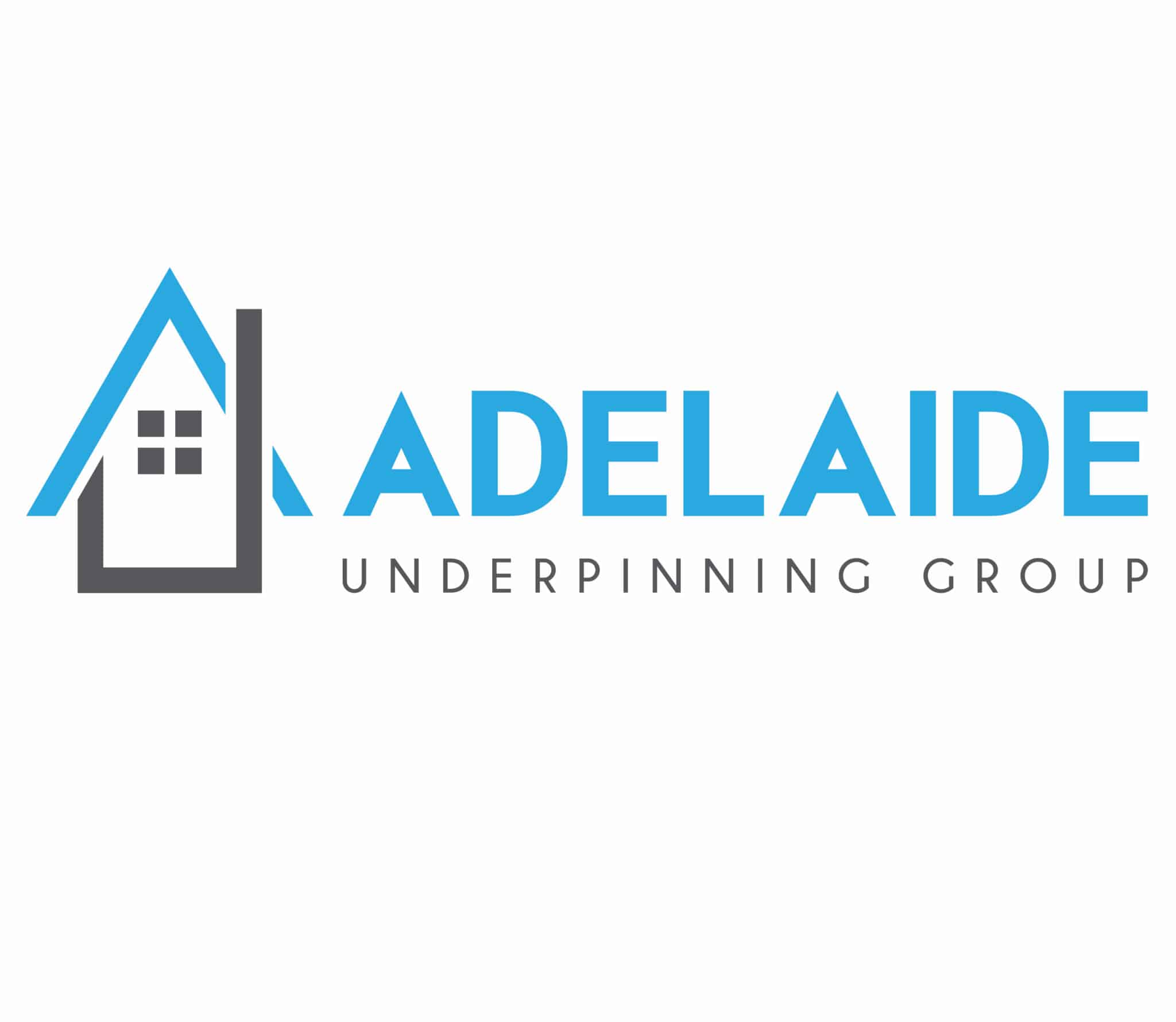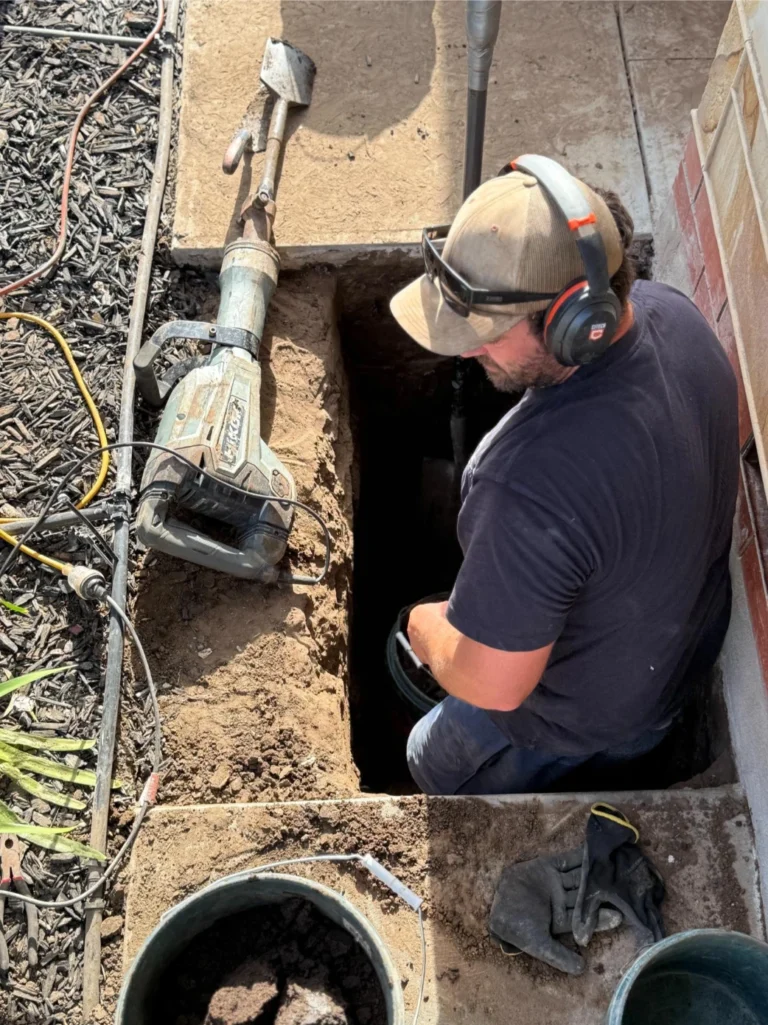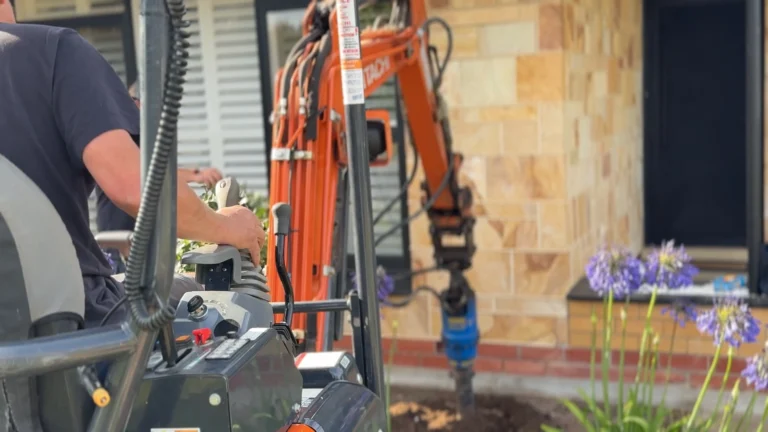Get a Free Consultation
"*" indicates required fields
This site is protected by reCAPTCHA and the Google Privacy Policy and Terms of Service apply.
21
Years Experience
Adelaide Underpinning Group and partners have over two decades of expertise, ensuring the stability and safety of your property.
about us
Adelaide Underpinning Group delivers expert underpinning solutions for stabilising and strengthening your property’s foundations. Our experienced team specialises in underpinning, and we address subsidence issues with precision and care, ensuring structural integrity and long-term durability.
Using advanced foundation repair techniques and high-quality materials, we provide cost-effective services tailored to meet the unique needs of local homes and businesses.
Whether it’s relevelling floors, addressing cracks in walls, or preventing further subsidence, we offer reliable and efficient support for your building’s stability.
Take the first step towards a safer, more secure property—contact Adelaide Underpinning Group today for a free consultation.


There are many reasons why foundation problems can happen in Adelaide. Here are the main causes below:
Leaks from cracked or damaged pipes or inadequate drainage systems can saturate nearby soil, causing it to expand, contract, and destabilise the foundation. Over time, this weakens structural integrity, leading to serious, long-term damage if not promptly resolved.
The gradual sinking or settling of soil beneath a building shifts the foundation, creating cracks and uneven surfaces. Typically caused by fluctuating ground moisture, subsidence puts immense pressure on the structure, increasing the risk of structural failure.
Large trees with widespread root systems absorb moisture from the soil, leading to uneven drying around the foundation. This process can destabilise the ground, causing foundation movement, cracks, and other structural concerns.
Soil composition, particularly clay or loose sand, plays a significant role in foundation stability. Seasonal changes, including wet or dry conditions, cause these soils to shrink or swell, resulting in shifting and potential foundation damage.
These are the signs your home needs foundation repair today:

Visible cracks in interior or exterior walls are often early indicators of foundation movement. If left unaddressed, these cracks can widen, weakening structural integrity and potentially leading to significant damage throughout the property. Prompt repair is crucial to prevent costly issues.

A sinking or sagging floor frequently signals shifting or weakened foundations. Often caused by soil subsidence or compaction, this issue can worsen over time, jeopardising structural stability and requiring urgent intervention to restore safety and prevent further settlement.

Gaps forming between windows or walls are often due to foundation movement. Over time, these gaps can allow moisture or draughts to enter, causing energy inefficiencies and adding strain to structural components.

Uneven ceilings or sloping floors commonly result from subsidence affecting the foundation. Ignoring these issues can lead to additional damage as further settling occurs, potentially compromising the building’s overall safety and appearance.

Doors or windows that stick or become misaligned often signal structural shifts from foundation problems. Misaligned frames not only affect functionality but also serve as clear warnings of underlying instability needing immediate attention.

Water pooling near the property’s base indicates drainage or grading issues. Excess moisture softens the surrounding soil, contributing to foundation instability, which can lead to substantial structural weakening over time.
Over time, foundations can weaken, leading to various structural issues. Addressing these problems promptly ensures your property remains stable, secure, and functional.
Below are key reasons to consider underpinning.
Cracks in walls, uneven floors, or sticking doors often suggest underlying foundation problems. Underpinning strengthens the base, preventing further damage and preserving the structural integrity needed for long-term safety and stability.
Shifting ground or excess moisture can destabilise foundations, causing structural problems. Underpinning stabilises the base, countering these forces and ensuring the building remains secure against future issues that might compromise its safety.
Subsidence results in uneven settling, leading to visible cracks and misaligned walls. Underpinning counters soil movement, halting further sinking and protecting the structure from more extensive and costly damage.
Properties with secure, stable foundations attract more interest from buyers. Addressing foundational concerns through underpinning enhances safety and boosts market appeal, making your property a more valuable investment opportunity.
Unstable foundations endanger both the building and its occupants. Underpinning reinforces the structure, ensuring it remains safe and durable while reducing potential risks for many years to come.
Additions like renovations or extensions increase the load on foundations, potentially causing instability. Underpinning strengthens the base, enabling the structure to support these upgrades without risking further foundational problems.
Slab jacking is a cost-effective and minimally invasive solution for lifting and stabilising sunken concrete slabs. This technique involves injecting a specialised grout mixture beneath the slab to fill voids and restore their original level. By addressing underlying issues such as soil erosion or compaction, slab jacking not only corrects uneven surfaces but also prevents further sinking over time.
This method is particularly effective for driveways, patios, and interior floors affected by subsidence or shifting ground conditions. Unlike full slab replacement, it minimises disruption to your property while delivering long-lasting results. The process strengthens the base by reinforcing weak areas, ensuring durability and stability.
Slab jacking also offers significant time and cost savings compared to traditional underpinning methods. With precise application and expert handling, our team ensures seamless results that restore functionality and aesthetic appeal. Whether your slab has developed cracks or is visibly sinking, this approach provides an efficient way to address the problem without extensive excavation.
Our experienced professionals use advanced equipment and proven techniques to achieve accurate levelling. Every project is approached with attention to detail, ensuring your property remains safe and structurally sound. With a focus on quality and efficiency, slab jacking is a practical solution for properties requiring foundation support or repair.
If you’ve noticed signs of uneven slabs or settling, contact us today to learn how our slab jacking services can restore your property’s foundation and enhance its longevity.

Here are the steps to our foundation repairs process:
A comprehensive inspection identifies foundation issues and evaluates the extent of damage. This step determines the underlying cause, helping us recommend the most effective repair strategy to stabilise your property.
Testing soil composition and stability provides a detailed understanding of ground conditions. This ensures the repair process is based on accurate data, preventing future shifting or structural problems.
A comprehensive inspection identifies foundation issues and evaluates the extent of damage. This step determines the underlying cause, helping us recommend the most effective repair strategy to stabilise your property.
Stabilising the soil beneath the structure ensures a solid base for repairs. Using proven methods, we minimise further movement and strengthen the foundation’s ability to support the building.
Expert repairs are performed to reinforce the foundation and address identified issues. From underpinning to slab jacking, each method ensures the structure remains safe and secure for the future.
The final inspection confirms all work meets industry standards and resolves any remaining concerns. We provide advice on maintaining the foundation to safeguard your property against future issues.
The following are the services we provide in Adelaide:
Underpinning offers significant advantages for homeowners facing foundation issues. Here are the key benefits of addressing foundational concerns promptly and professionally.
Underpinning strengthens the foundation, addressing subsidence and ensuring the structure remains stable. It safeguards the property against further damage caused by soil shifts or inadequate original construction.
By reinforcing the foundation, underpinning halts ongoing issues such as cracking walls or sinking floors. It minimises costly future repairs and maintains the integrity of the building over time.
A stable foundation enhances the appeal of any property. Addressing foundational concerns through underpinning reassures potential buyers, boosting confidence in the property’s durability and overall value.
Foundations must handle additional weight from extensions or renovations. Underpinning strengthens the base, ensuring the property can accommodate these upgrades safely without risking instability or structural compromise.

